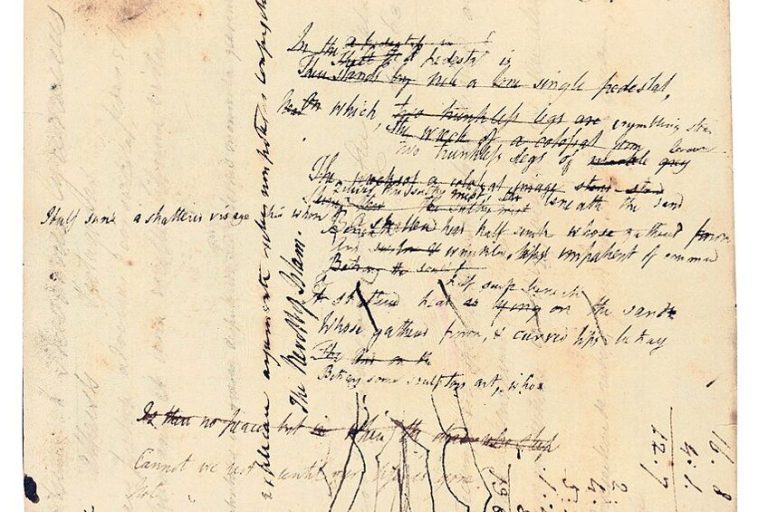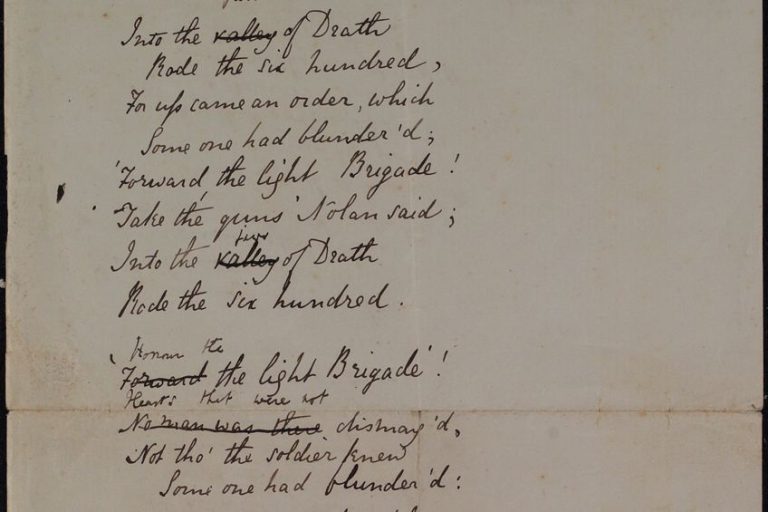Stanza in Poetry – The Building Blocks of Poetic Structure
What are stanzas in a poem? How many stanzas are in a poem? Are stanzas in a poem necessary? We will examine each of these questions over the course of this article, while also discussing the functions of stanzas in a poem, the different types of stanzas according to a few metrics, and an example of stanza in poetry. This should allow for a good overview of stanzas, in general, to help understand why this common feature of poetic texts is so common in the first place. So, let’s have a look at stanzas and see what makes them so important.
A Look at the Stanza in Poetry
The stanza in poetry is a common feature of all poetic texts. It can be seen as the equivalent of a paragraph in prose texts. The basic idea behind a stanza is that it is a segment of a text that is generally separated from other stanzas through the use of a blank line. This has, traditionally, been done to separate sections based on topic or tonal usage, but the use of blank lines to separate and create stanzas in a poem is highly variable and subject to change and experimentation.
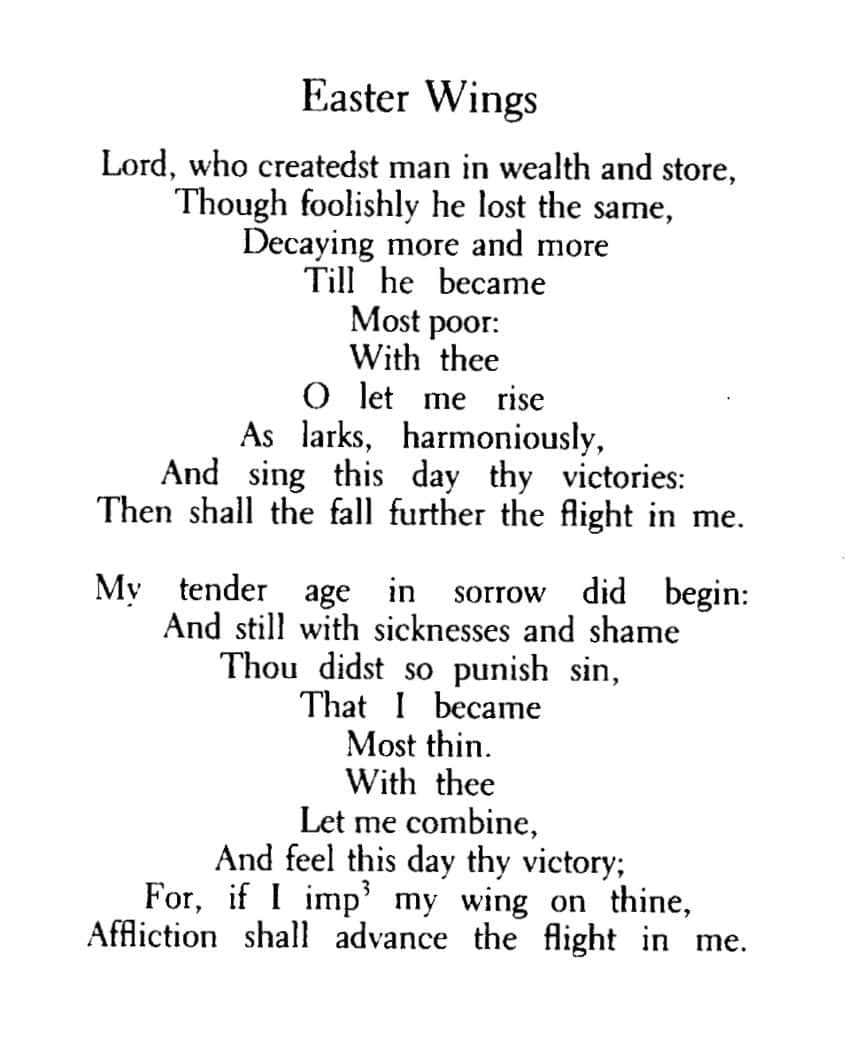
Today, we will examine the use of the stanza in poetry to discuss a number of different functions and uses of this poetic element. Even when a poem only uses one solid wall of text, that can usually be termed a stanza, although one may argue against that definition. Regardless of whether or not a text with one wall of text can be termed a stanza, the stanza in poetry is still one of the most common and important parts of a poem. So, let’s discuss the stanza in poetry to understand why it’s so important.
The Function of a Stanza in Poetry
There are many different ways in which stanzas can be used in poetry, but the basic function of the stanza in poetry is as a means of organizing aspects of the poem. The use of stanzas, in which there are lines between different stanzas to separate them, allows for a better and more easily visible presentation of poetic elements. For instance, it can often become easier to see specific rhyme structures when there are definitive separations between different stanzas.
This means that stanzas in a poem can serve as a strong means of structuring a poem. They are a way of providing a sense of typographical form in a poem.
It is also for this reason that poems in the Modernist tradition, in which line breaks are used at irregular intervals, can create a more disjointed and strange presentation. If that is the goal of the poem, then a poem that features many shattered elements would be desirable. These are some of the primary ways in which we can make use of stanza in poetry. These elements of a poem are often seen as some of the building blocks of poetry. Single lines do not often stand on their own, and this is especially easy to see when it comes to the use of rhyme in poetry. Rhyme necessitates the use of other lines, or at least ordinary forms of rhyme, such as end rhyme, require this, and so the grouping of lines together into distinct entities can aid in better structuring a poem.
Types of Stanzas in a Poem
There are a number of different types of stanzas, but the way in which types of stanzas are determined can be through a number of different factors. They could be determined through the use of specific lengths, but length is not a definitive determiner for the best way to classify a stanza into a specific type. Sometimes, the number of lines is also only a partial way of determining what kind of stanza has been used. These general ideas will be explored when below.
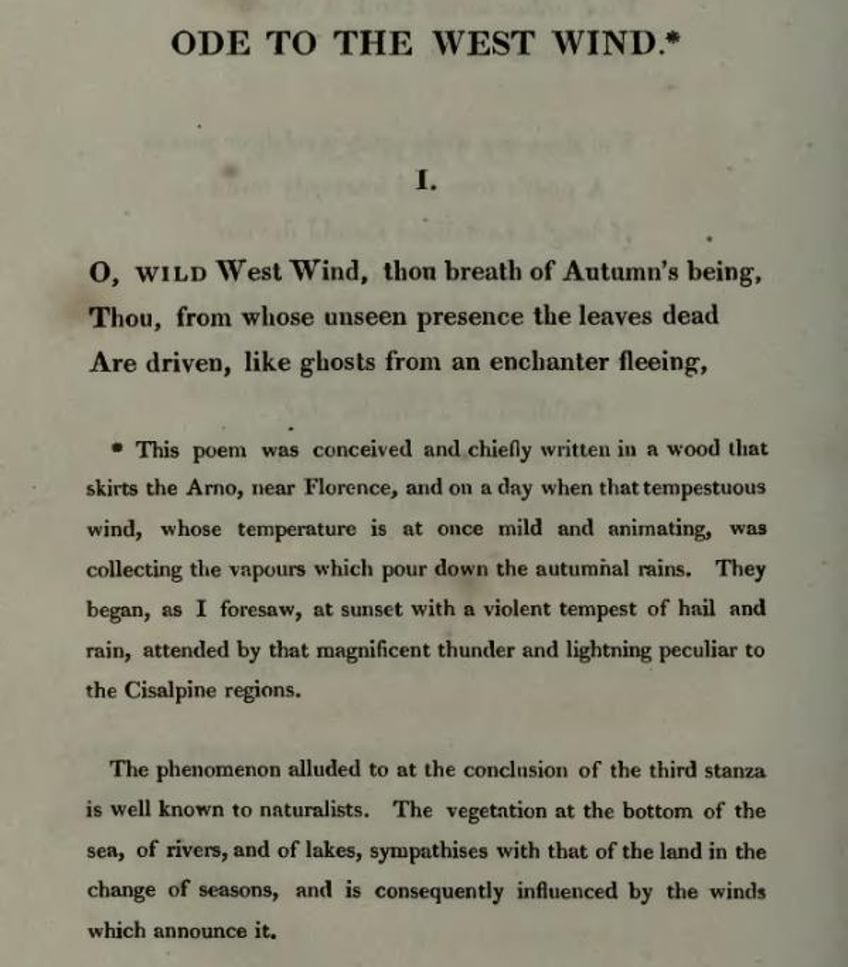
Stanza Types Based on Line Quantity
Some of the most common ways in which stanzas can be determined is through the use of the number of lines. Different stanzas make use of different numbers of lines, and this has led to these types of formations gaining a number of names based on how many lines they use. It would be easiest to provide these as a list of items, and they are as follows:
- Monostitch: A stanza that makes use of one line.
- Couplet: A stanza that makes use of two lines.
- Tercet: A stanza that makes use of three lines.
- Quatrain: A stanza that makes use of four lines.
- Quintain: A stanza that makes use of five lines.
- Sestet: A stanza that makes use of six lines.
- Septet: A stanza that makes use of seven lines.
- Octave: A stanza that makes use of eight lines.
It should be noted that when it comes to the number of lines used, such as a quatrain, it does not definitively refer to a stanza. We generally refer to one of these as a stanza when it has spaces that separate it from other stanzas. If we were to have a stanza with an ABAB rhyme, that would be a quatrain provided it was separated by a blank line from other stanzas.
However, if it were ABABCDCD, it would be two quatrains that make use of alternating rhyme, but if it was one stanza, then we could call it an octave in terms of stanza length, or an octave that is made up of two separate rhyming quatrains.
This is why the classification of stanzas in a poem can become somewhat difficult or confusing depending on how they are determined. The combination of rhyme and the length of the stanzas, in general, are both contributory factors to how we may perceive them as an example of stanza in poetry. However, this is not the only way to determine the different types of stanzas, because the number of lines may not matter when other factors come into play.
Stanza Types Based on Other Metrics
While we may often see stanzas along line quantity aspects, this is not the only way to determine them. For instance, rhyme is a common metric that can allow for the classification of different types of stanzas. We have already mentioned how rhyme and line number can confuse the way in which we may view stanzas in a poem, but it can also allow us to better understand how certain poems are laid out. For instance, a poem that makes use of an ABCB rhyme scheme would generally be classified along those alternating rhyming quatrain lines.

Other ways in which stanzas can be classified is through the use of something like isometric stanza layouts. This is a specific layout in which every line in a poem is the same length. We may often see poems that use a set number of syllables along these lines, but syllables can make use of different numbers of letters and thereby change the length of lines. This particular way of establishing a stanza allows for a cleaner general presentation of the use of stanzas in a poem as the use of lines in a stanza that are all the same length is generally appealing to the human mind. The last of the types of stanzas that we are going to consider is the heterometric stanza, and this is essentially the opposite of the isometric stanza. This allows for the use of different line lengths within the whole of the stanza.
Each line is different in length, which could mean different syllable counts too, and this can lead to a more irregular general layout for a poem that could also make it appear more naturalistic in its presentation.
The Use of Rhyme and Meter in Stanzas
Rhyme is one of the things most associated with poetry. Not all poems use rhyme, and the association between rhyme and poetry may not be a particularly useful one, but it is something that has become a commonplace understanding of poetic language. Rhyme can be used in a very tight stanza structure, such as it is used in Shakespearean and Petrarchan sonnets, but it can also be seen in far longer poems, such as epic poetry. The longer the text, the less likely it is to make use of a highly complex rhyme scheme, such as the type seen in the types of sonnets mentioned above, but repetitious rhyme is often found, such as an epic poem making use of alternating rhyme throughout the text.

Another of the common ways in which stanzas can be structured is around the use of meter. Meter is the use of a specific beat within a poem as different words are emphasized while other words are not. This leads to a particular rhythm in a poem, and this can be seen in many different examples of poetry.
For instance, it is common for many sonnets to make use of iambic pentameter, which is a more naturalistic metrical presentation for poetry, and entire stanzas can be arranged around specific types of meter.
Examples of Stanza in Poetry
There are many ways in which stanzas can be used in poetry, but it would be best to see this through a number of actual examples. We are going to examine two examples of stanza in poetry below. These two examples are from diametrically opposite methods for the use of the stanza in poetry. The first only makes use of a single stanza while the second makes use of many stanzas. This should be a good indication of how stanzas can be used in a variety of ways.

Sonnet 18: Shall I compare thee to a summer’s day by (1609) by William Shakespeare
| Date Published | 1609 |
| Type of Poem | Shakespearean sonnet |
| Rhyme Scheme | ABAB CDCD EFEF GG |
| Meter | Iambic pentameter |
| Topic | Beauty |
Shall I compare thee to a summer’s day is one of the most famous poems in the English language, and it is considered to be one of the most notable poems when it comes to those that concern love and beauty. The poem is about the speaker’s love for a figure who has become known as the Fair Youth, and it remarks on this man’s immense beauty and that the poem will be a way of preserving that beauty for all time. It is probably the most famous of all of the sonnets that William Shakespeare ever wrote.
When it comes to the use of stanza in poetry, Shall I compare thee to a summer’s day is likely one of the last poems that most would have on their mind. The reason for this is that this particular sonnet does not actually make use of multiple stanzas. Instead, it includes one wall of text stanza. This means that there is only one stanza in this poem, but that also makes it perfect for a brief discussion of some of the aspects of stanzas in a poem.
A sonnet is traditionally written in only one stanza even though it is made up of 14 lines and typically includes a number of rhyme sections within it.
In the case of this poem, which is an example of the Shakespearean sonnet, it makes use of four quatrains in alternating rhyme and one final rhyming couplet. This means that it could be argued that there are five different “sections” in terms of rhyme layout.
However, despite being made up of these different rhyming sections within the poem, there is only one stanza. This could be because fourteen lines, on its own, is relatively short. It could also be because the breakup of rhyming segments may appear too irregular if it were to be broken up by blank lines. The reason it would appear strange would be because it would make use of four lines and a break, four times in a row, before having two lines on their own.
So, the traditional choice of only using one stanza for the sonnet allows it to have a certain unity that it may not otherwise possess. Many poems make use of quatrain structures, as the Shakespearean sonnet does, but without the use of these breaks, we can read the text as if it were a singular entity.
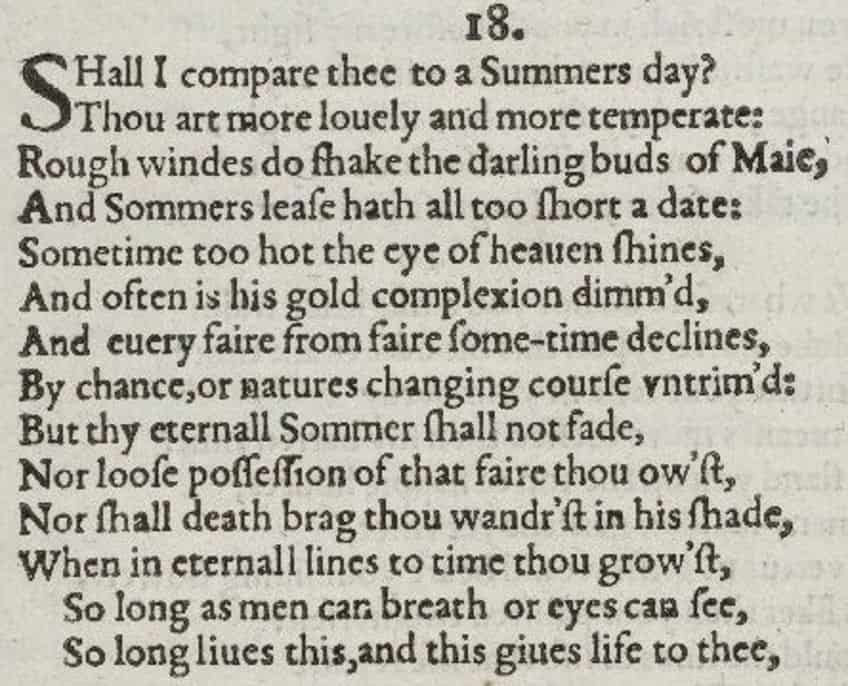
The Raven (1845) by Edgar Allan Poe
| Date Published | 1845 |
| Type of Poem | Narrative poem |
| Rhyme Scheme | ABCBBB |
| Meter | Trochaic octameter |
| Topic | Loss |
The Raven is often considered to be one of the best-known instances of a genre known as Gothic poetry. The poem is a narrative poem that is oriented around a night in which a mysterious raven appears to a man and endlessly repeats one word. The man is in mourning for a woman he loved, and that word sounds like her name. The poem is one of the best-known examples of a more supernatural and horror-themed narrative poem in the English language.
The poem is particularly noted for its use of a more musical and stylized presentation. It uses a general rhyme scheme of ABCBBB along with trochaic octameter. However, for those familiar with ordinary rhyme schemes, this is not exactly a common one.
Instead, while it is repeated throughout the poem, it is also irregular in comparison to more traditional general rhyme layouts.
This general layout allows for that more musical quality that leads this poem to be the kind that would likely be great if read aloud with music in the background, and it is also a phenomenal example of the opposite use of stanza in poetry to the previously discussed poem. The Raven is not a short poem. It is not a sonnet. Instead, it is a lengthy narrative poem made up of 18 stanzas. Each of these stanzas is six lines in length, and this makes every stanza shorter than a sonnet, but together, they are significantly longer.
This shows the way in which the use of stanzas in a poem can be used in a more repetitive manner to endlessly repeat a rhyme scheme and metrical format to produce a musical quality. The repetition and many of the sections of the poem are directly repetitious of other sections, allowing the poem to flow from one stanza to the next. The repeated sections create a different kind of unity to the poem discussed above.
Where a sonnet may have unity through its shortness, this sonnet has unity through its repeated and consistent use of repetition. Furthermore, the actual word that the raven repeats to the bereaved lover adds to this repetitive nature. This means that the continuous use of stanzas also forms part of the theme of the poem as a whole. This indicates that the form of The Raven, and its many stanzas, can also be found in the content of the poem.

Over the course of this article, we have attempted to answer questions such as: “What are stanzas in a poem?”, and “How many stanzas are in a poem?”. The use of stanza in poetry has a long and varied history, and we examined the different functions of this useful and common feature of poetry, while also looking at the different types of stanzas and an example of stanza in poetry. Hopefully, this has provided you with a good overview of this integral aspect of poetry.
Frequently Asked Questions
What Are Stanzas in a Poem?
The stanza in poetry is a very common feature of poetry. Depending on how one defines the stanza, they can be found in all poems. A stanza is generally defined as a portion of a poetic text that is separated by a blank line. This means that a stanza can be seen as the poetic equivalent of a paragraph in prose texts. There are many different ways to arrange stanzas in a poem, and there are no definitive rules. This allows for a varied approach to the use of the stanza in poetry.
How Many Stanzas Are in a Poem?
There is no set quantity for the number of stanzas in a poem. A poem can make use of a single stanza, in which case, there would be no blank lines. However, many poems do make use of stanzas, especially once they increase in length. A particularly long poem will likely make use of many stanzas, while a short poem could make use of one or very few. This contributes to how variable the stanza is in general and how it can be used to great effect.
How Many Types of Stanzas Are There?
There is a theoretically infinite number of different types of stanzas. A stanza can often be determined by its length, such as a quatrain being a four-line stanza. However, they can also be defined by rhyme, the number of words or syllables in the stanza, or the use of specific metrical units. This means that a stanza in poetry has, by its very nature, a very loose general definition, and it can often be a lot more productive to use other terms, such as the previously-mentioned quatrain.
How Long Can a Stanza Be?
There is no set length for a stanza. They can make use of any number of lines, words, or syllables. However, when it comes to the different types of stanzas, it can often be beneficial to classify them according to specific length criteria. For instance, a quatrain has four lines. However, this is not a definitive rule, and a stanza could make use of any general length, and while the length of a stanza can aid in categorizing them into different types, this is not necessarily the case.
Can a Poem Have No Stanzas?
A question like this can be difficult to answer because it depends on how we define a stanza. Under ordinary understanding, a stanza is separated from other stanzas with a blank line. However, if a text makes use of no blank lines and is instead one solid wall of text, such as the traditional sonnet structure, is it still an example of stanza in poetry? We would generally still call it a stanza in a single-stanza type of poem, and so it is likely safe to answer in the negative. There cannot be a poem without a stanza. Although, the lowest one can go is to have only one stanza.
Justin van Huyssteen is a freelance writer, novelist, and academic originally from Cape Town, South Africa. At present, he has a bachelor’s degree in English and literary theory and an honor’s degree in literary theory. He is currently working towards his master’s degree in literary theory with a focus on animal studies, critical theory, and semiotics within literature. As a novelist and freelancer, he often writes under the pen name L.C. Lupus.
Justin’s preferred literary movements include modern and postmodern literature with literary fiction and genre fiction like sci-fi, post-apocalyptic, and horror being of particular interest. His academia extends to his interest in prose and narratology. He enjoys analyzing a variety of mediums through a literary lens, such as graphic novels, film, and video games.
Justin is working for artincontext.org as an author and content writer since 2022. He is responsible for all blog posts about architecture, literature and poetry.
Learn more about Justin van Huyssteen and the Art in Context Team.
Cite this Article
Justin, van Huyssteen, “Stanza in Poetry – The Building Blocks of Poetic Structure.” Art in Context. September 19, 2023. URL: https://artincontext.org/stanza-in-poetry/
van Huyssteen, J. (2023, 19 September). Stanza in Poetry – The Building Blocks of Poetic Structure. Art in Context. https://artincontext.org/stanza-in-poetry/
van Huyssteen, Justin. “Stanza in Poetry – The Building Blocks of Poetic Structure.” Art in Context, September 19, 2023. https://artincontext.org/stanza-in-poetry/.





